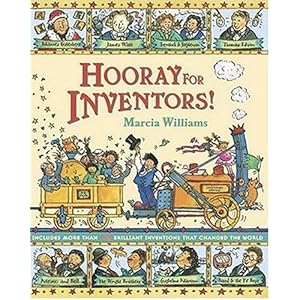Organization Writing Lesson
- Getting Ready for Bed Directions
My class has been working on organization for the last week. We've talked about and practiced bold beginnings and catchy endings but I'm still concerned about students putting things in order. This lesson is to help students practice putting steps in order.
First, I'll ask my students to think about what they do to get ready for bed. We'll take a minute or two to share.
Second, I'll read at least one of the following three picture books. None of the books are great upper elementary picture books but they apply to the topic in a fun way and get students thinking.
1.
How Do Dinosaurs Say Good Night? by Jane Yolen and Mark Teague
- This book explains how dinosaurs say good night using two parts. The first part details what
dinosaurs do not do. The second part explains what dinosaurs do to get ready for bed.
2. Cornelius P. Mud, Are You Ready For Bed? by Barney Saltzburg
- An adorable pig does his bedtime routine, but the illustrations show that he is being extremely silly.
Finally, after going through six steps, he tells his mom that he forgot one thing.
3.
Good Night, Monkey Boy by Jarrett J. Krosoczka
- A young boy in monkey pajamas acts like a monkey while he gets ready for bed.
Third, we'll discuss what the characters did to get ready for bed.
Finally, I will ask the students to write. Each student will imagine they are a parent writing a list of directions that tell the step by step how a baby sitter would put their six year old to bed. Each student will be asked to write at least 10 directions in a logical order.
I did this assignment last year and allowed the students to be creative in choosing the 10 steps. They came up with some very interesting writing. This year I'm going to require them to use realistic bedtime activities.
 by Marca Williams
by Marca Williams